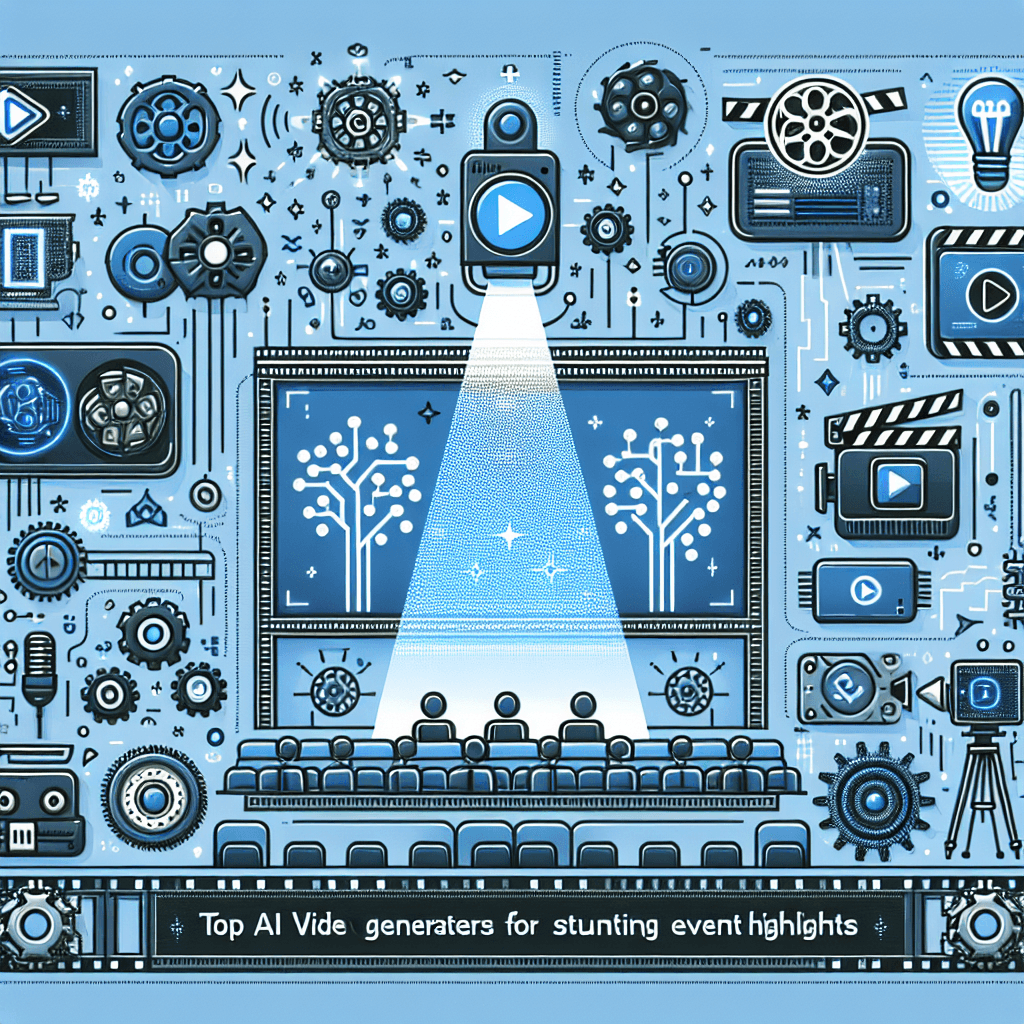In today’s fast-paced world, virtual teamwork has become essential. The rise of remote work has promoted collaboration across borders and time zones, leading to the need for advanced tools that can bridge gaps in communication and productivity. In this article, we’ll delve into the top AI tools you can leverage for improved virtual team collaboration, maximizing efficiency, engagement, and cohesiveness among team members.
Revolutionizing Communication with AI
Communication is the backbone of any successful team, especially in a virtual environment. AI-powered tools can enhance how teams interact, ensuring that conversations are seamless and productive. These tools utilize smart algorithms to provide insights and suggestions, making discussions more meaningful and time-efficient.
AI-Powered Project Management: Streamlining Workflow
Managing projects remotely can be a daunting task, but AI-driven project management tools are here to help. These platforms automate mundane tasks, assign responsibilities based on team strengths, and track progress effortlessly. The integration of AI in project management ensures no one is left behind, leading to better outcomes.
Enhancing Collaboration with Smart Integration
One of the most significant benefits of AI tools is their ability to integrate with existing systems. This integration fosters a more cohesive working environment by bringing all necessary resources into a single, easy-to-navigate platform. Teams can access files, updates, and communication all in one place, significantly reducing information silos.
AI-Driven Decision Making: The Future of Team Strategy
Making strategic decisions is crucial in a collaborative environment. AI tools analyze data and present insights that guide teams in making informed choices. This intelligent analysis helps teams reduce biases and focus on what really matters, enhancing collaboration and fostering innovation.
The Power of Chatbots in Team Communication
Chatbots are revolutionizing team communication. These AI-driven assistants provide instant responses to queries, help schedule meetings, and facilitate discussions around crucial topics. By streamlining communication channels, chatbots enable teams to focus on their core tasks without unnecessary interruptions.
Virtual Brainstorming: AI Tools for Creative Collaboration
Creativity is vital in any organization, and AI tools can aid in fostering a creative environment. Virtual brainstorming platforms powered by AI can suggest ideas based on prior discussions, helping teams generate innovative solutions effortlessly. This collaborative effort not only sparks creativity but also enhances team bonding.
Enhancing Team Meetings with AI
Meetings are often a necessary evil in the virtual workspace. However, AI tools can transform how meetings are conducted. Smart scheduling tools can identify optimal meeting times, while transcription services ensure that no information is lost. Additionally, AI can analyze meeting content to provide actionable insights, ensuring that every meeting has a clear purpose.
Performance Tracking: AI’s Role in Enhancing Accountability
Accountability is crucial within a virtual team. AI tools can track performance metrics, providing real-time feedback on individual and team contributions. This level of oversight not only encourages team members to stay on track but also allows for timely interventions if someone is struggling.
Personalizing Team Workspaces with AI
Each team member has unique working styles and preferences. AI tools can help create personalized workspaces that cater to individual needs, promoting enhanced productivity and job satisfaction. Personalization can range from layout preferences to the type of notifications received, offering a tailored approach to collaboration.
Breaking Down Language Barriers
In an increasingly globalized world, language can be a significant barrier to effective communication. AI language translation tools can break down these barriers, allowing teams from different linguistic backgrounds to collaborate seamlessly. This inclusivity fosters a sense of unity and teamwork, regardless of geographical distances.
AI for Conflict Resolution: Keeping Teams Cohesive
Conflicts are inevitable in any collaborative environment. AI tools designed for conflict resolution can analyze conversations and highlight potential areas of disagreement. By identifying these issues early, teams can address them head-on, promoting a healthier working atmosphere.
Training and Development through AI
Investing in team skill development is crucial. AI-driven training tools can provide personalized learning experiences based on individual performance. These tools ensure that team members continue to grow, keeping the organization competitive in a rapidly changing market.
The Role of Virtual Reality in Collaboration
Virtual reality (VR) is emerging as a game-changer in team collaboration. VR tools create immersive environments where team members can interact as if they were physically present. These virtual spaces promote engagement and foster more profound connections, enhancing overall team dynamics.
Leveraging Analytics for Continuous Improvement
AI tools provide valuable analytics that can help teams assess their collaboration efforts. By analyzing engagement levels, productivity rates, and communication patterns, teams can identify areas for improvement. This data-driven approach helps teams become more agile and effective over time.
Building a Collaborative Culture with AI
Creating a collaborative culture is essential for a virtual team’s success. AI tools play a vital role in fostering this environment by encouraging openness, transparency, and communication. When team members feel connected and valued, collaboration flourishes, leading to better organizational outcomes.
Encouraging Feedback through AI Tools
Feedback is a cornerstone of effective collaboration. AI tools can facilitate this process by encouraging team members to provide input on projects and their working experiences. By streamlining feedback processes, these tools ensure that everyone feels heard and valued.
Enhancing Security in Virtual Collaboration
With the rise of remote work, security concerns have escalated. AI tools help enhance security protocols, protecting sensitive information shared during collaboration. By employing advanced encryption methods, teams can focus on their projects without worrying about data breaches.
Accessibility: Creating Inclusive Collaboration Opportunities
AI tools can make virtual collaboration more accessible. Features like screen readers, voice recognition, and customizable interfaces ensure that all team members can participate fully, regardless of their individual needs. This commitment to inclusivity enhances teamwork and strengthens community bonds.
Exploring Future Trends in AI Collaboration Tools
The landscape of AI tools is ever-evolving. Emerging technologies promise to bring even more innovative solutions to the table, facilitating enhanced collaboration. Staying updated on these trends will allow teams to remain competitive and make the most of new opportunities.
Conclusion: Embracing AI for Future Collaboration Success
As virtual teamwork becomes the norm, embracing AI tools for collaboration is not just advantageous but essential. The right AI-driven solutions can streamline communication, enhance productivity, and foster a collaborative culture that thrives on engagement and creativity. By investing in these technologies now, organizations can position themselves for success in the future of work.








